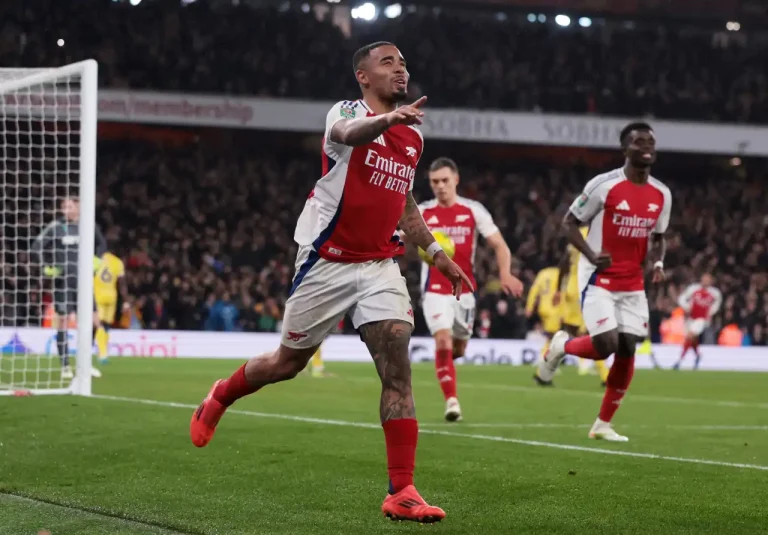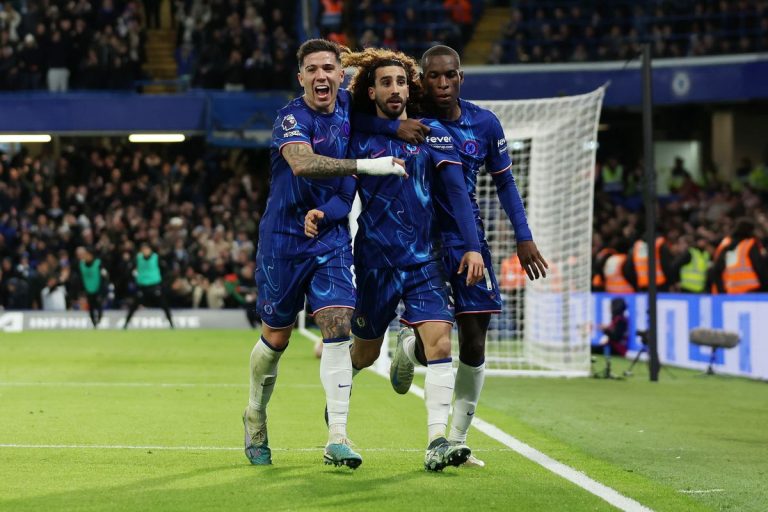The position of the J.League as one of the best Asian leagues that are able to consistently distribute their players for the Japanese National Team or import players to various top Europeans is no accident. It was achieved with hard work since the semi-professional era (before 1993).
Football has become a regular sport in Japan before their football association was founded (1921). The inter-high school tournament there has even been held since 1917, although football itself only started to enter the school curriculum in 1926 at Shida Middle School, Shizuoka. Even the basic foundations at the school level cannot help the popularity or achievements of Japanese football. Baseball has always been seen as the main sport there.
Even when the Japanese national team had won a bronze medal at the 1968 Mexican Olympics, they were still struggling at the international level. Failed to penetrate the Asian Cup and lost to Indonesia or Malaysia in the Merdeka Tournament. However, 1968 was also the starting point for football to successfully penetrate Japanese society. Mitsubishi’s Diamond Soccer began broadcast on Japanese television, two years later the manga Akakichi no Eleven got a place in Shonen King and was adapted into animation by Tokyo TV.
The 52 episodes of Akakichi no Eleven broadcast by eight different television stations, follows the story of Shingo Tamai, the main character created by Kajiwara and Mitsuyoshi Sonoda after being amazed by Urawa Minami High’s performance in dominating the school tournament in 1969. Shingo Tamai’s character is also made to resemble Urawa Minami’s main attacker Yoshikazu Nagai. .
Nagai continued his career in football after high school. Made more than 250 appearances for Furukawa Electric (the football club of the Yokohama electronics company) in the Japan Soccer League and became Japan’s Player of the Year in 1976.
The status of the Japan Soccer League, which was only limited to an amateur league and filled with corporate clubs, failed to produce results for the Japanese national team. However, football continues to thrive in Japan. Encouraged by the number of Brazilian players who play in JSL such as Daishiro Yoshimura, George Yonashiro, and Ruy Ramos, several young Japanese talents have also begun to migrate to the Samba Country. First Mushashi Mizushima (1984), then followed by Kazuyoshi Miura (1986).
In the same period, Japan had a footballer from the United States named Tom Byer. Byer only played one season for Hitachi FC (1986–1987). That short time was enough to make him fall in love with Japan. After his career, he began to create an organization that focuses on the development of youth football. “In the past, if you could just juggle, you could already entertain other people. That’s the main capital, attracting people’s attention, said Byer.
In addition, Japan began to conduct comparative studies to Indonesia, England, Thailand, and several other countries to improve the quality of their football. Names such as Ricky Yacobi, Alan Irvine, and Witthaya Laohakul were also brought in to play at JSL and help the development of football there.
The problem is, the football club is still only a corporate sport. Same as baseball, but less popular. Gary Lineker who had a career in Japan for two years (1992-1994) could not be separated from this culture. “Gary has the image of a gentle sportsman. He has the perfect mix inside and out. We want to use his figure as Toyota’s image,” said Toyota Marketing Executive Takayuki Miyashita when asked about Lineker’s visit to Nagoya Grampus (Toyota’s club). In fact, Lineker came in the transition period between JSL and J.League.
The 1992 Asian Cup title which was won with the help of Kazuyoshi Miura who had returned from Santos and naturalized Brazilian player Ruy Ramos is considered the pinnacle of the semi-professional era of Japanese football. The Japanese Football Association (JFA) also inaugurated the J.League as a professional league starting in 1993.
1993 was called by Japanese football connoisseurs the perfect storm. In that year, Tom Byer also began to teach his method of football throughout Japan. Whether it’s through television, manga, or a collaboration program with the JFA. “Focus on technical ability, Tom can be said to have changed Japanese grassroots football. He is everywhere and has managed to teach the younger generation of Japan to be technically superior,” said Chris Leung to Copa 90.
But one concept that changed the face of Japanese football was to forbid participating clubs from using company names as identities. No more Furukawa Electric, their identity was changed to JEF United Chiba, Hitachi FC is now known as Kashiwa Reysol, Matsushita (the club that Ricky Yacobi previously played for) became Gamba Osaka, and others.
Although it has not managed to consistently attract the interest of Japanese citizens, football is starting to take root in every region. The stands are no longer filled with company employees who come home from work but residents around the club. “That is the key to the success of the J.League because now every club has supporters who support them because they are proud of their region,” explained Dan Orlowitz of Football Tribe. Slowly but surely, football began to succeed in shifting the popularity of baseball thanks to this policy.
In the early J.League period, at least the first 15 years of foreign players were still the key to a club’s success in the league. Whether it’s Dragan Stojkovic (Nagoya Grampus), Patrick Mboma (Gamba Osaka), Dunga (Jubilo Iwata), or Washington (Tokyo Verdy). After learning about the football of various countries, adopting and developing it. Slowly the trend began to decline. Japanese clubs are starting to rarely glance at foreign players and focus on the talents they have.
Playing abroad is a bonus for players. However, even wandering is not a guarantee to get a place in the Japanese National Team. The proof is, when Japan won the 2011 Asian Cup, the majority of their players were J.League products.
The club’s success has also been less influenced by foreign players, when Urawa Red Diamonds won J1 (2016) they only filled two of the five foreign player slots allowed. In the previous season, they only had Zlatan Ljubijankic to fill the quota of foreign players, and managed to occupy the second place in the final standings. It was precisely when Cerezo Osaka had ambitions to become the best club in Japan by signing Diego Forlan in 2014, they were relegated at the end of the season.
Japanese football is no longer dependent on aid from other countries. They managed to become one of the respected countries and competitions by relying on their own abilities. The inter-school tournament that existed before JFA was established even managed to attract 10 million spectators.
Now, they are instead focused on being a role model for football in Asia and opening up space for talents from across the continent to help make the J.League more competitive on and off the pitch. Indonesia as one of the seven countries considered friendly by Japan also benefits because it is easier to import players to the Land of the Rising Sun.
There was a time when they learned from Indonesian football. There was a time when Indonesian football had a phase like Japan’s by bringing in players who could impart knowledge, such as Mario Kempes and Roger Milla. What was done after that made the difference.
“I think what distinguishes Japan from other countries is how you know the world’s developments, know what needs to be improved and continue to train consistently,” said Witthaya Laohakul, a former Thai National Team player who played for Yanmar Diesel (Cerezo Osaka).
ASL
















